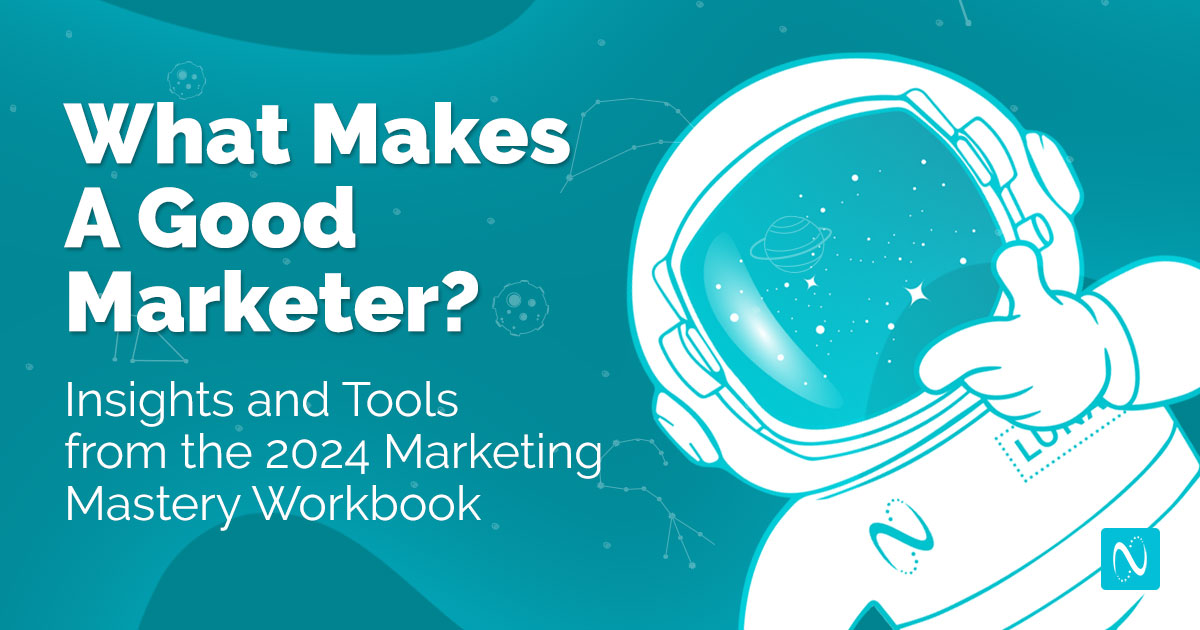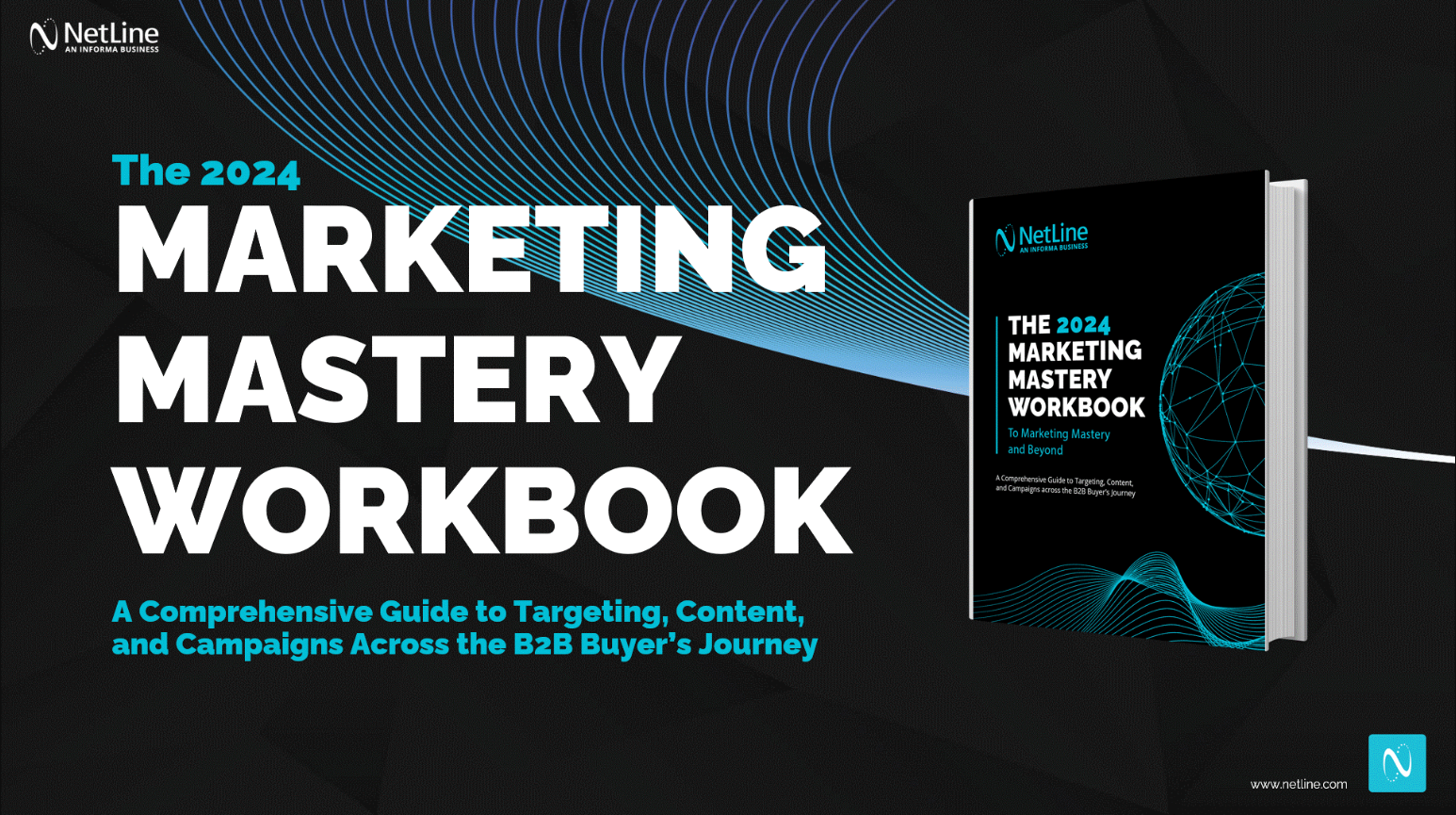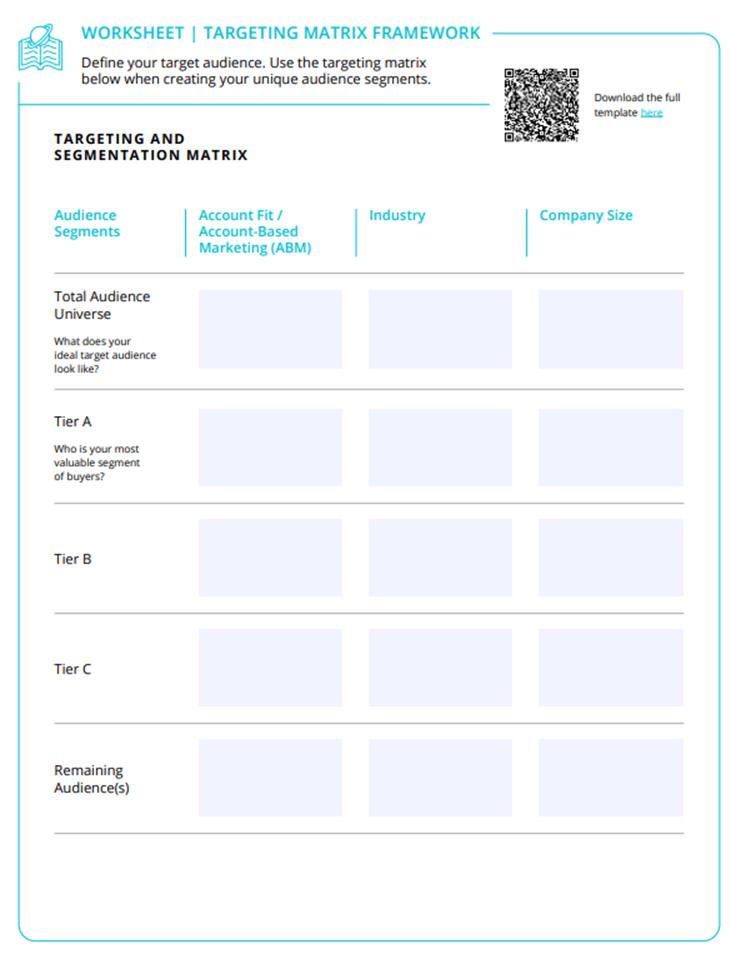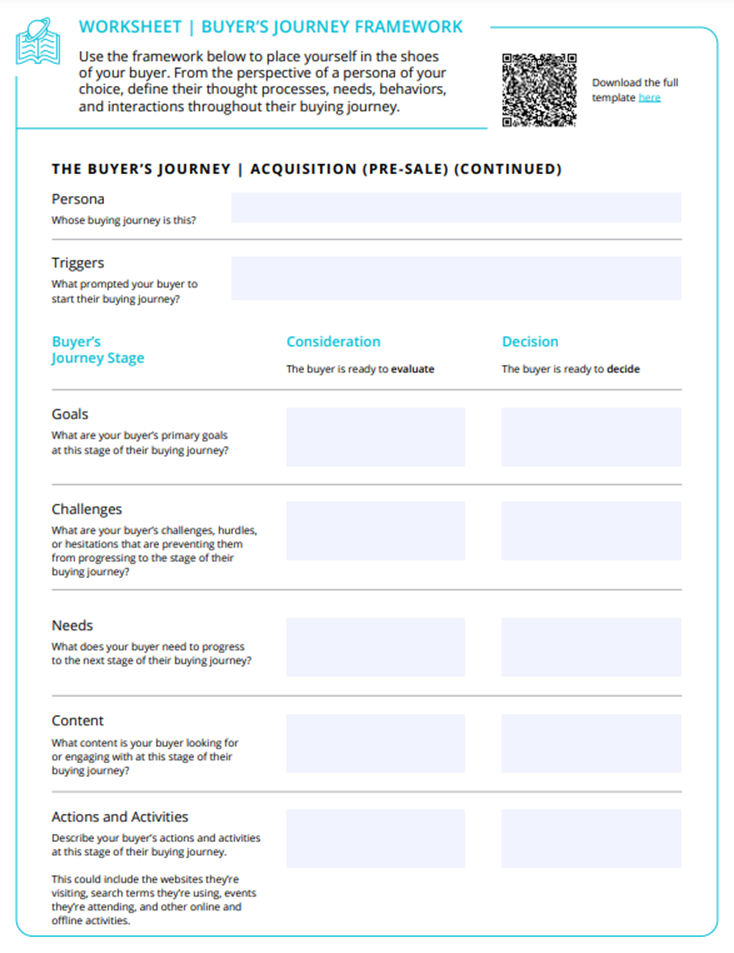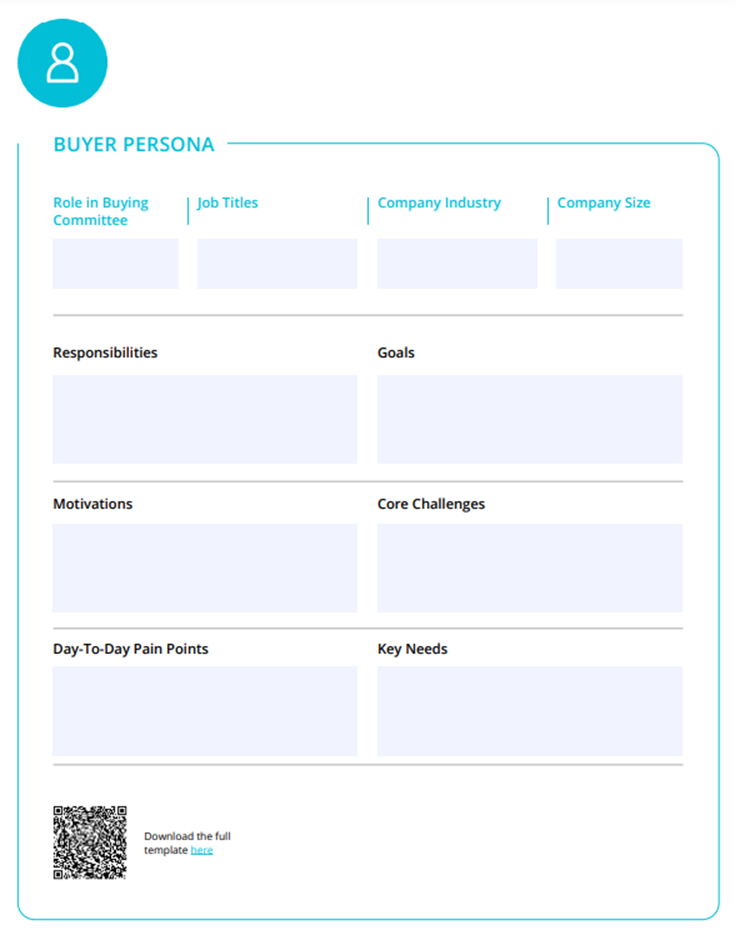A few weeks ago, a colleague asked: “What does a good marketer really ‘look’ like?”
(Obviously, we’re not talking about appearance here, folks.)
After initially responding to myself internally with the thought of, “That’s easy, I can answer that,” I stopped.
Of course, I could answer it, but that is a terrific question.
How often do we think about this? Not so much, I’d suspect.
What Makes a Good Marketer?
Our industry moves quickly.
The skills required when I entered the field a dozen years ago have been lapped by the next generation of thinkers, doers, and innovators.
But the foundational principles remain the same.
Marketing mastery is a journey—one that demands agility, learning, and strategy.
There’s no one-size-fits-all answer, so I asked LinkedIn what my peers think a good marketer looks like.
Here are some of their responses:
“Someone who is constantly learning.”
– Emily Amos | CEO, Uplift Content, Inc.
“In my view, a good marketer is someone who understands people—what they need and how they want to be served. A good marketer is curious, growth-minded, and humble.”
–Kelly Furia | CMO, DLL Finance Group
“In general, I think you have “good” marketers who are able to get attention or drive sales using any tool they can, and “good” marketers who are thoughtful about applying the right solution to the right problem but may never have a huge win.
These two are not always the same because you can do the “right” thing and fail or the “wrong” thing and be wildly successful. Tough question.”
– Jeff Gibbard | Co-Founder, Super Productive
“When I think about good marketers, I see clear ideas and the ability to build and execute a plan. However, the great ones are leading change through impact.
They are bold, relentlessly curious, constructively challenging, and always building the grit muscle. Most importantly, they have big ears and listen to everyone constantly…customers, competition, culture, employees, and their instinct and leverage data to ground their insights.
Great marketers lead movements that transcend the products or services they sell. When you talk to great marketers, most will tell you that becoming great takes time, courage, humility, and lots and lots of lessons learned through the journey of experience.”
– Rose Hamilton | Founder, Compass Rose Ventures
“A good marketer can’t just be good at marketing; they need to understand the tech and data analysis.”
– H. Parker Smith, III | Product Owner, Senior Specialist, Vanguard
“Being newer to the field (~3 years), I’ve found that my adaptability keeps me going. On top of that, I’ve been fortunate to work with such smart and stellar people who fuel that trait!”
– John Rossi | Digital Strategist, M Booth
These opinions only represent a small sliver of experiences from marketing pros.
But everything they shared is true.
Good marketers must be:
- Curious
- Adaptable
- Technically-Sound
- Analytically-Inclined
- Creative
- Personable
- Relationship-Focused
- Unafraid
That’s a lot of different traits required for one profession. And that’s not even counting the tools, slang, and marketing basics we’re all presumed to know!
A marketer’s job is difficult and multi-faceted. So we wanted to make it just a little easier.
Introducing The 2024 Marketing Mastery Workbook
NetLine, in collaboration with Heinz Marketing, is proud to bring you the 2024 Marketing Mastery Workbook.
This workbook equips marketers with the tools to master the B2B landscape.
Seasoned or new, this workbook helps you refine strategies, target audiences, and improve campaigns at every stage of the buyer’s journey.
What’s Inside?
The 2024 Marketing Mastery Workbook breaks down essential marketing practices into four distinct yet interconnected sections.
Each chapter delves into critical aspects of B2B marketing, providing both theoretical frameworks and actionable exercises.
Here’s what you’ll find in each chapter:
- CHAPTER 1 | Discover Your Buyers
- Learn how to effectively identify and target your most valuable audiences using data-driven insights and strategic segmentation techniques.
| Uncover new audiences and connect with those ready to purchase. | |
Learn how to:
|
Templates in this chapter:
|
- CHAPTER 2 | Explore Your Buyer’s Journey
- Gain a deep understanding of the buyer’s journey and learn how to create content that supports buyers through each stage.
| Gain clarity into your target accounts, their buying committees, and the individuals within them. | |
Learn how to:
|
Templates in this chapter:
|
- CHAPTER 3 | Create the Content Your Audiences Crave
- Learn how to develop personalized content that engages buyers and drives them toward a purchase decision.
| Create irresistible, personalized content that resonates at every stage of the buyer’s journey. | |
Learn how to:
|
Templates in this chapter:
|
- CHAPTER 4 | Ignite Engagement with Full-Funnel Integrated Campaigns
- Discover how to create integrated marketing campaigns that maintain consistent messaging across multiple channels, ensuring buyers remain engaged throughout their journey.
| Engage and convert your audiences across multiple channels and experiences. | |
Learn how to:
|
Templates in this chapter:
|
All told, this comprehensive guide espouses the foundations of what good marketing is. While it covers modern practices, much of what can be found in this asset is timeless.
In 130 pages, this workbook not only presents, defines, and demonstrates, but it also presents opportunities to challenge yourself.
Packed with frameworks, templates, and exercises, this workbook lets you apply what you learn—immediately or at your own pace.
Why we created this workbook
The impetus for creating this workbook centers on the reality that B2B marketing has recently felt a bit… chaotic.
“So much of the world today is about chasing trends and tools, chasing our tails,” said Josh Baez, NetLine’s Sr. Manager, Demand Generation Marketing.
As the primary driver of this project, Josh found himself trying to make sense of the current B2B marketing landscape. He’s certainly not alone.
“There are so many new tools,” he said. “There’s AI this and digital transformation that, and I think a lot of us are feeling pretty overwhelmed and a little jaded by everything that’s coming to market.”
When we find yourself stuck in life, going back to basics is crucial. In this case, refamiliarizing yourself with the principles that make good marketing good is really important.
We created this workbook as much for ourselves as we did for our peers.
“This workbook really is meant to be this companion asset to any kind of marketer, whether you’re a seasoned pro, just starting out—or maybe you’re somewhere in the middle. I think it’s always good to have reinforcement of your foundations and re-familiarize yourself with the tools and strategies to get back to basics.”
“Many of these templates and frameworks are ones I use,” Josh shared. He emphasized just how beneficial they’ve been in his career and how useful they’ve been for clients, partners, and colleagues.
How actionable is this workbook?
98% of it. It’s true, we measured it; using science.
This workbook is meant to be something you can pick up, read a few pages, and immediately know what you want to do next. We want you to be able to understand how to do XYZ and have the tools and frameworks to get work done.
“That’s something we strived for—having applicable, real-world use cases and frameworks,” Josh said. “There’s nothing worse than being promised to learn something, filling out a form, reading the content, and then feeling like you didn’t learn anything.
With AI impacting everything, everyone can move faster. But by moving faster, we’re also at risk for forgetting what makes content different and special for our readers.
Just because we can create 10 blog posts in 10 minutes doesn’t mean we should.
What are the benefits of using this workbook?
The workbook gives marketers the tools to identify and target buyers, build integrated full-funnel campaigns, and deliver timely, relevant messages.
Beyond that, here are four specific takeaways from this workbook.
- Actionable Exercises and Templates: The workbook is filled with exercises that guide you in applying the concepts you learn. These templates help you better understand your audience, create compelling content, and design impactful campaigns.
- Holistic Approach to B2B Marketing: From targeting to content creation to campaign execution, the workbook offers a holistic framework that can be adapted to any business.
- Strategic Guidance: More than just a how-to guide, the workbook provides strategic insights that encourage marketers to think critically about their efforts and adjust for maximum effectiveness.
- Collaborative Opportunity: The workbook encourages marketers to involve their teams, providing a collaborative environment that leverages diverse strengths and insights.
3 examples from The 2024 Marketing Mastery Workbook
The most valuable elements of this workbook are the exercises, templates, and frameworks.
Here are three examples of what you’ll find inside:
- Targeting Matrix Framework
Define your ideal target audience and segment them by account fit, industry, company size, geography, and buyer behaviors. Use this information to build custom audience segments that maximize your campaign efficiency.
- Buyer’s Journey Framework
Place yourself in the buyer’s shoes and define their goals, challenges, and needs at each stage of the buyer’s journey. This helps create tailored content that aligns with their journey.
- Persona Development
Build a detailed buyer persona that includes not only job titles and responsibilities but also motivations, pain points, and content preferences. Use this persona to guide your marketing efforts and ensure you’re speaking directly to your target audience.
Get your copy of the 2024 Marketing Mastery Workbook
The best marketers understand that true creativity thrives within the boundaries of knowing their audience.
Recognizing your buyers—whether broad or niche—gives clarity and direction. Know your sandbox, and you’ll experiment, innovate, and craft interactions that resonate.
The 2024 Marketing Mastery Workbook is designed to help you do just that—equipping you with the tools to confidently navigate your market, create authentic connections, and ultimately, drive results. It’s not just about reaching your audience; it’s about truly engaging them.
Get your copy of The 2024 Marketing Mastery Workbook today and start mastering the art of intentional B2B marketing.
